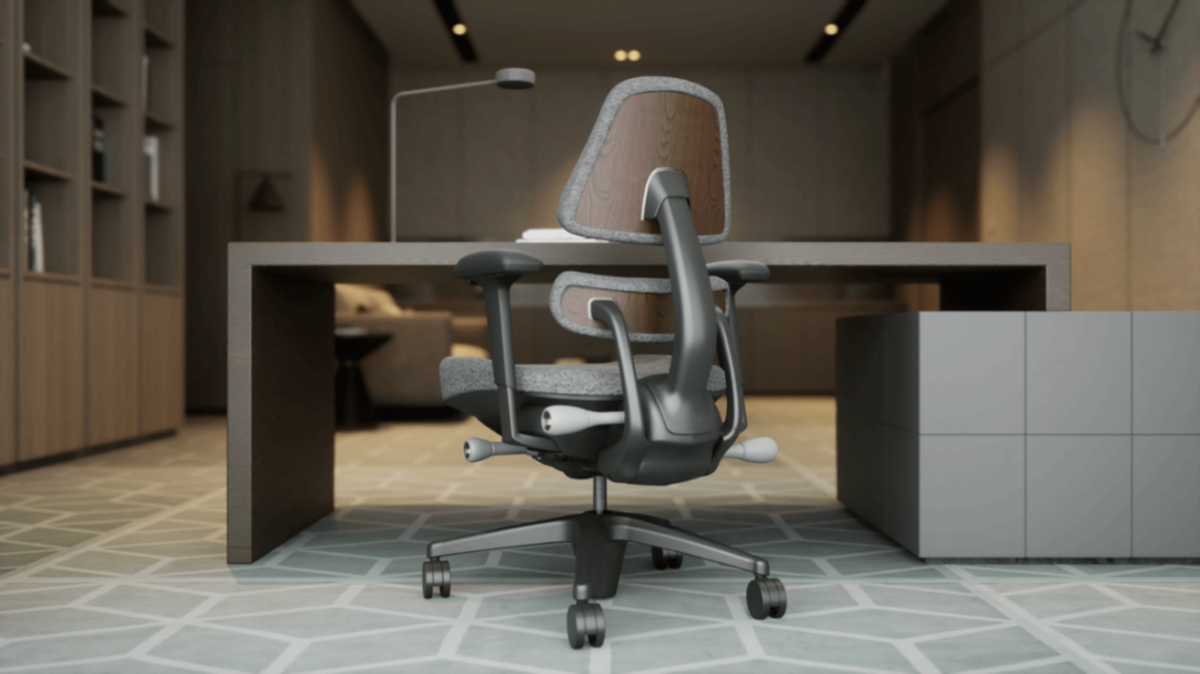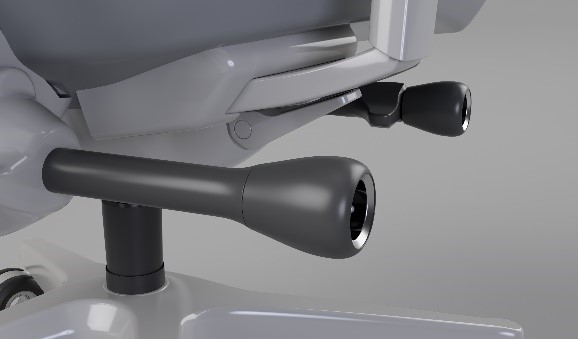Design Meets Engineering: The Creation of a Superchair

Integrating design, engineering, and sustainability is critical in modern manufacturing, especially large-scale production.
One company that exemplifies this blend of expertise and innovation is Art of Mass Production (AMP). A consulting company known for its leadership in thermoplastics and polymer technology, AMP applies its deep knowledge to help clients across various industries develop high-performance products. One of its most notable projects is the Anthros Office Chair, a collaboration highlighting AMP’s ability to enhance product design while prioritizing ergonomics and sustainability.
You can also read: Small Talks: Prototype Early, Prototype Often
In a recent interview, AMP founder Eric R. Larson shared the company’s mission to help businesses create products that enrich the user experience through a unique combination of creativity, engineering precision, and innovative problem-solving—principles that drive the design of the Anthros Office Chair, blending aesthetics, functionality, and production efficiency for the modern workplace.
The Anthros’ Chair: Redefining Ergonomic Design

Control knob detail. Taken from: Art of Mass Production.
While office chairs may seem simple, they involve complex engineering. Most chairs consist of injection-molded plastic components, with larger parts particularly challenging due to their intricate design and aesthetic requirements. The real complexity lies in the details, such as mold design, materials, and processing, making them ideal challenges for plastics engineers.
AMP’s approach to design and production is deeply rooted in its philosophy of “prototype early, prototype often,” which allows it to quickly iterate and refine designs to meet both functional and aesthetic goals. Production requires careful decisions about material selection, form, structure, and function.
Injection molding, AMP’s core technology, strikes a balance between precision, performance, and cost-effectiveness, though it poses challenges in managing time and production flow. The use of injection molded plastics in the Anthros Chair ensures that design and engineering work in harmony. While the form and colors of the chair are critical, its structure and functionality are equally important.
You can also read: Plastics Injection Molding: Definition, Benefits, and Applications
Form vs Structure Concepts in Product Design:

Anthros gaming. Taken from: Anthros.com
Understanding the relationships between form and structure is crucial in product design. While industrial designers often focus on form and feel—and how a consumer interacts with a product—engineers tend to concentrate on structure and performance, ensuring the product functions effectively.
For the Anthros chair, the form is about more than just visual appeal. It affects how a user interacts with the chair, how it feels when you sit in it, how it supports posture, and how well it integrates into modern workspaces. To develop the form of the Anthros chair, Anthros contracted Kent Solberg of Solberg Design.
Every chair component has critical specifications for form—but many also have structural requirements. To integrate these needs, Kent contacted AMP to help bring the parts and the chair into production reality.
AMP worked closely with Solberg Design and Anthros to ensure that the component parts were robust and that the thermoplastic materials used in the chair met all the requirements for aesthetics, performance, and sustainability.
The result is a chair that evokes comfort, elegance, and durability—essential qualities for users who spend long hours at their desks.
You can also read: Leveraging AI to Speed Product Design Simulations
Expanding the Use of Plastics in Future Projects
AMP’s success with the Anthros chair is just one example of how the consulting company is pushing the boundaries of plastic applications in modern manufacturing. Their expertise in guiding projects across industries such as office furniture, healthcare, and consumer goods drive innovation in areas where plastics are becoming increasingly essential.
As industries shift toward more sustainable practices, AMP is well-positioned to consult and lead the development of new applications for thermoplastics and composite materials. By enhancing the use of plastics in both design and production, AMP helps companies meet the demands of mass production and contribute to a future where performance and sustainability go hand in hand.
